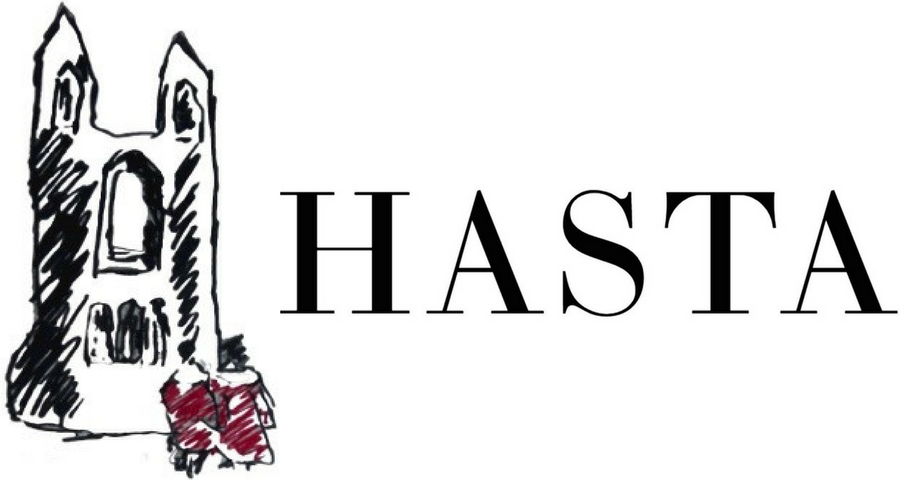Krampus
Krampus depicted on an Austrian postcard, 1910. Image courtesy of Encyclopaedia Britannica.
The name Krampus first entered my periphery a few years ago when a film of the same name dominated headlines for a while. I never watched it, because I reserve the holiday season for non-horror films (to be fair, I’m still not sure if Krampus is horror). Today’s Art of Advent is dedicated to summarising a brief history of the actual Krampus of European legend.
The “naughty and nice“ concept used to be taken to much greater heights prior to the twentieth century. While St Nicholas rewarded benevolent children on December 5th with gifts, Krampus would beat them, eat them, or in some cases, take them to hell. A polarising and terrifying duo. Originally believed to be of German origin, Krampus derives from the German word krampen, meaning claw.
The Catholic Church actually attempted to ban Krampus, but his relevance in popular culture prevailed. He is epitomised on not just St Nicholas Day, but in festivals dedicated to just him as well. These festivals are certainly more light-hearted now, thankfully. However, let this serve as a reminder that Christmas wasn’t always a holiday marketed as pure joy, and that Krampus is not just a film.
Britannica. Krampus. Encyclopaedia Britannica, 2024. https://www.britannica.com/topic/Christmas.

